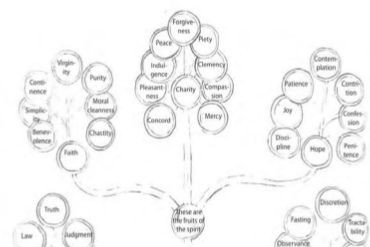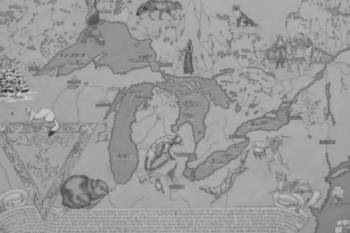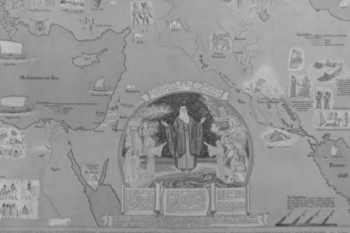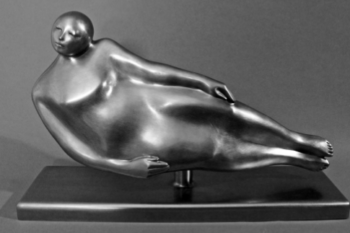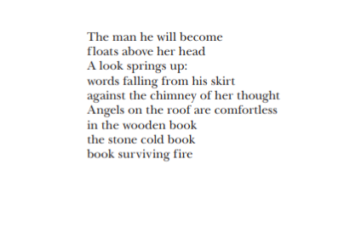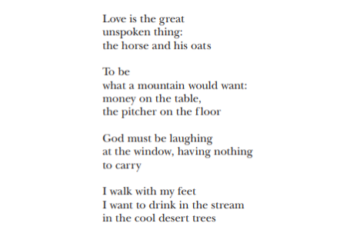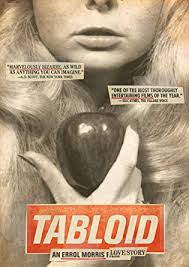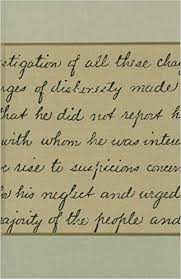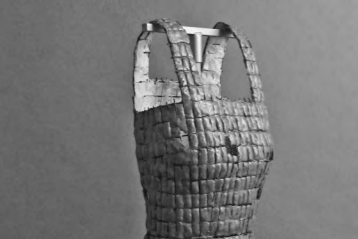Home and Adventure: An LDS Contribution to the Virtues and Vices Tradition
Shawn R. TuckerRecent years have seen renewed scholarly interest in the tradition of the virtues and vices.This tradition has roots in both Judeo-Christian and Greco-Roman ethics, and reached the height of its Western cultural importance during the medieval period. Since that time, many artists and thinkers have continued and further developed the virtues and vices tradition. Edmund Spenser‘s The Faerie Queene (1590-96) and Benjamin Franklin‘s Autobiography (1791) both expand this tradition, with Spenser’s lively stories about the power of virtue and the danger of vice and with Franklin’s description of his aborted attempt at a handbook on “The Art of Virtue.” In addition, Oscar Rejlander’s landmark photograph Two Ways of Life (1857) is an allegory of the contrasting paths of virtue and vice. Other artists have focused particularly on the seven deadly sins, notably Kurt Weill and Bertolt Brecht in their The Seven Deadly Sins (1933) and the series by American artist Paul Cadmus titled The Seven Deadly Sins (1945–49).
Read more






